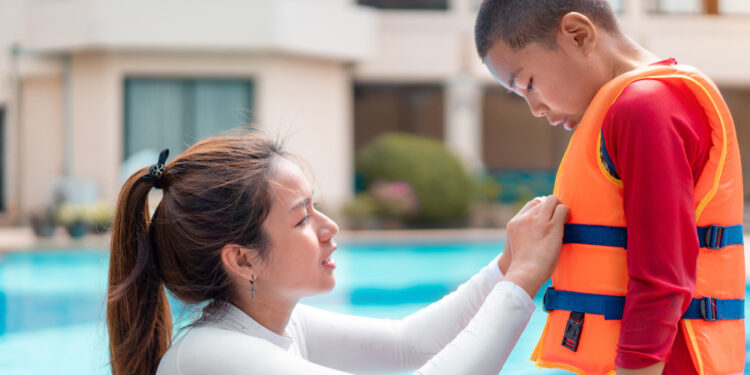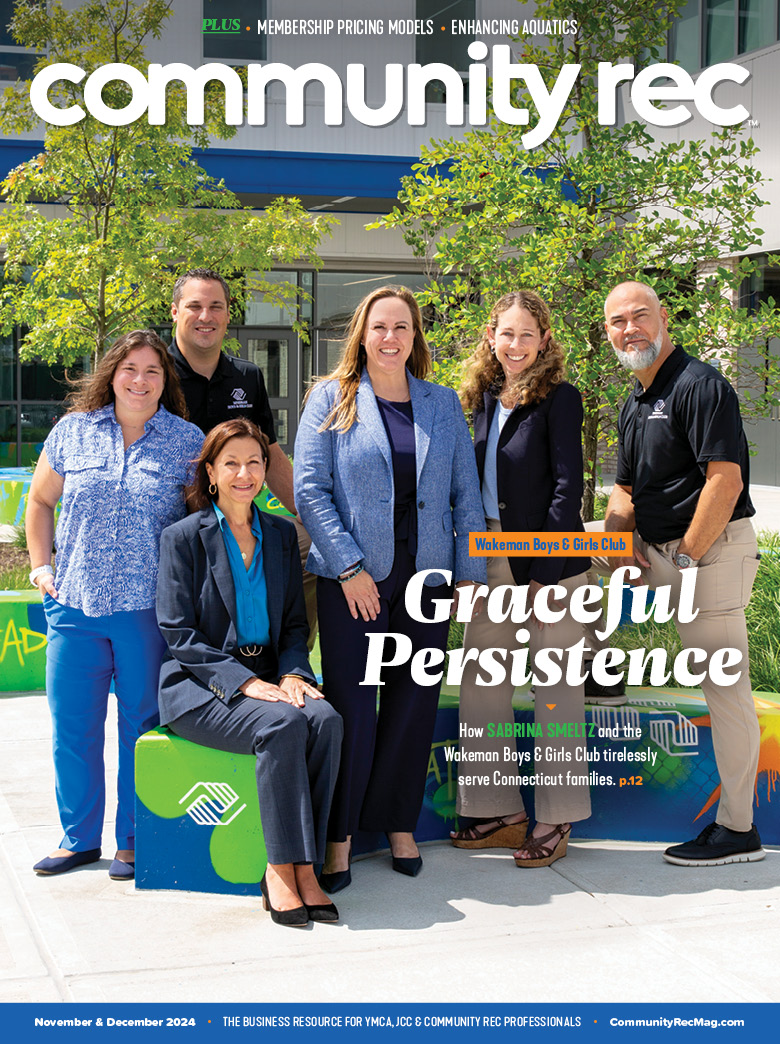On July 14, The Redwoods Group hosted the interactive webinar, State of Aquatics: Summer 2022. Here are the top takeaways.
The Redwoods Group, a specialized provider of property/casualty insurance underwriting, risk management and claims adjusting services for the community recreation industry, recently hosted the webinar, State of Aquatics: Summer 2022.
Joining over 300 attendees, members of The Redwoods Group – Lizzie Conley, Maggie McDonald, Tonya Roy and Jody Bagwell – discussed three big themes and solutions for the current state of aquatics.
- The first challenge Redwoods shared they are seeing is increased swimmers. Due to the closing of many community pools, swimmers are looking to places where pools are still open – such as YMCAs and JCCs. The concern is these swimmers are less experienced. During the pandemic, swimming lessons and programs were minimal, if existent at all in some communities.
- A concern most people have heard is the lifeguard shortage. The concern is not only a lack of being able to hire staff, but also the lack of retaining staff. McDonald emphasized a lack of retention leads to a lack of culture and recommended being intentional about time to create culture and reinforce policy. A lack of staff also leads to the third challenge Redwoods reported seeing that involves programming.
- Adjust programs and services to changing staff levels. Simply put, McDonald said to make changes to close a pool or waterfront if you don’t have the proper number of staff. “Pools bring in money from programs, but if something bad happens in a program, then we’re not meeting our mission,” she said. “Open pools if you can do it safely.”
Acknowledging these challenges, Roy shared three key areas to focus on in your aquatics programming: Test, mark and protect (TMP). While many aquatics professionals are aware of TMP, Roy emphasized not to overlook the necessity of utilizing it, and added extra tips to help enforce TMP with swimmers, parents and staff.
TMP
Testing involves an assessment to identify who are swimmers and non-swimmers so you can protect your non-swimmers. Roy said keeping non-swimmers in the shallow end is not enough – they need to be in arm’s length of an adult or in a properly fitted lifejacket. “Be consistent with all youth at all locations,” said Roy.
Marking ensures your guards can identify swimmers from non-swimmers. Examples include colored arm or neck bands. One area of marketing both McDonald and Roy emphasized is not to cherry-pick which parts of TMP to utilize, such as testing but not properly marking or vise-versa. And when it comes to marking, Roy said simplification is the No.1 key.
For example, five or more marking colors to identify swimmers based on height, age or any factor can be confusing for guards, and it’s more difficult to remember. Roy recommended a simple red for non-swimmers or green for swimmers and not utilizing yellow because the confidence of the swimmer can change based on the current environment. “If they don’t pass the swim test, regardless of height, they need to be identified as non-swimmer,” said Roy. “Only strong swimmers in deep water.”
Protecting non-swimmers starts with having an adequate number of lifeguards in the proper positions. McDonald and Roy both emphasized how important it is to make sure guards have the visibility to recognize everybody in their area of responsibility. A simple way to ensure visibility is to assess all blind spots and coverage at the start of the season, and to be sure to ask your guards regularly if they have any blind spots.
Roy posed the question, what do you do if your guards can’t see and how do you respond? She recommended empowering them to take the initiative to move and reduce blind spots. This is best done through regular communication and emphasizing the importance of full coverage and visibility. “Help guards focus on what you need them to focus on,” said Roy. “A 1:25 ratio is bare minimum. Can your guard really see to the bottom of the pool?”
Learn More: Safety Around Water: Lowering the National Drowning Rate
Lastly, Roy ended the 2022 State of Aquatics webinar with one big takeaway: supervision. “Make sure guards are set up for success so they can supervise everybody in their area of responsibility,” she said. “Make sure camp counselors and adults with responsibility of keeping non-swimmers in arms reach are set up for success to supervise. Encourage lifejacket use. Educate parents, desk staff, everyone. Aquatics directors also need to be set up for success as their role is to supervise, coach, inspire and praise guards. And for leadership – your job is supervision as well. Support your aquatics directors and keep eyes on all water activities.”
This was a brief overview of the State of Aquatics: Summer 2022 webinar, presented by The Redwoods Group. For more information and resources on this topic, view the on-demand version.










